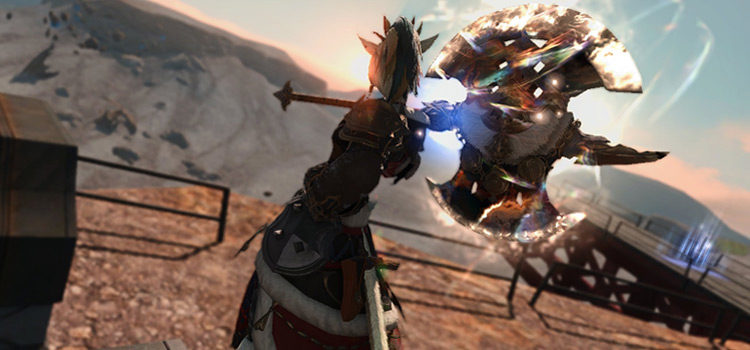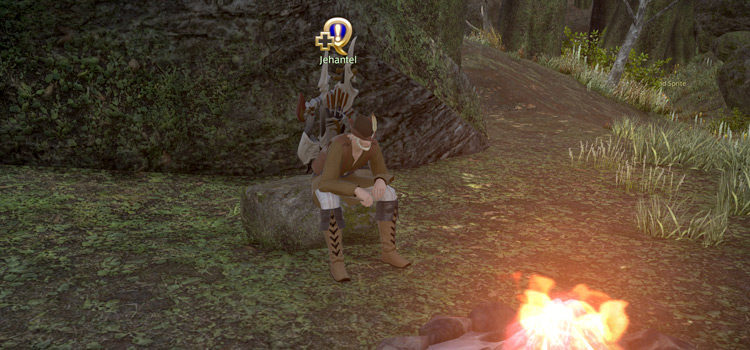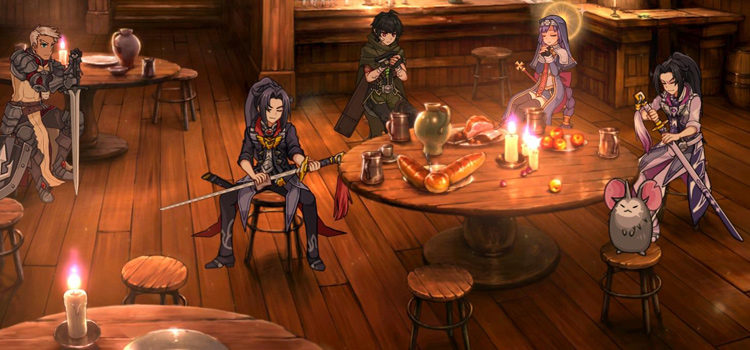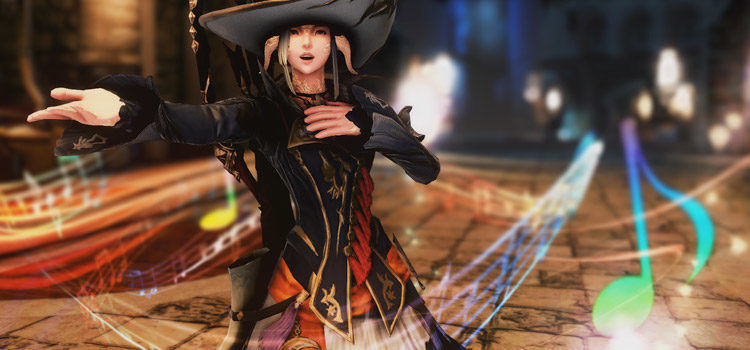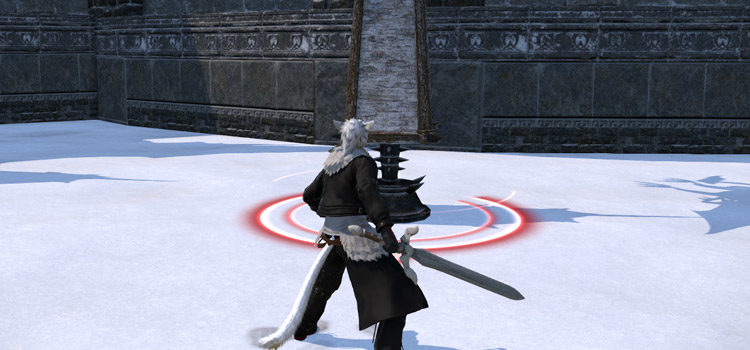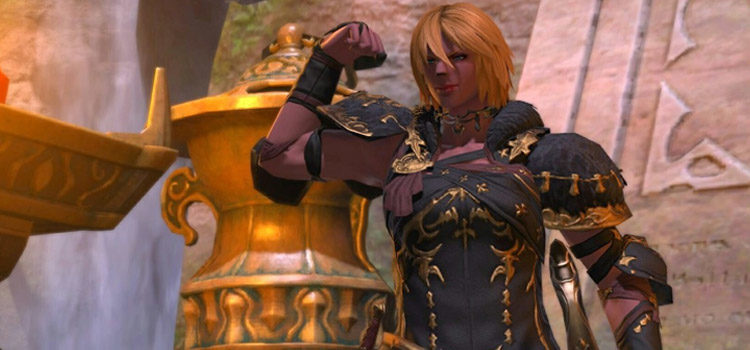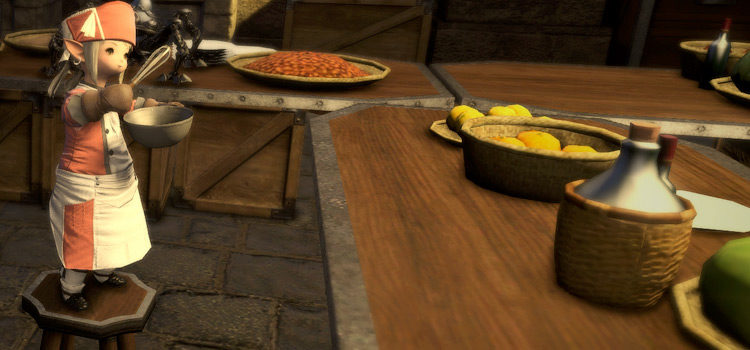What Does Cleave Mean in Final Fantasy XIV?
This post may contain affiliate links. If you buy something we may get a small commission at no extra cost to you. (Learn more).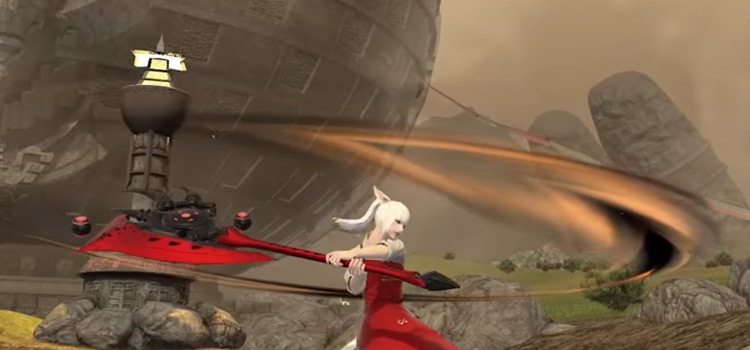
Cleave is a term in Final Fantasy XIV (and MMOs in general) that refers to an attack which hits multiple targets. They’re similar to AOE (Area of Effect) abilities, but Cleave specifically refers to attacks which hit one target while damaging enemies around it. Area of Effect abilities damage an area, with no specific target.
Cleave can refer to player or enemy abilities.
The difference between Cleave and AOE seems minimal – because, well, it is.
Given the way XIV currently plays (more than two enemies, spam AOE rotation. Two enemies or less, single target rotation) there isn’t much a distinction between the two in terms of mechanics.
Language can be fluid, and MMOs employ massive dictionaries of quick-reference terms and slang to simplify otherwise wordy instructions.
So the term Cleave has become intertwined with AOE in some cases, but they do mean different things.
So What’s The Primary Meaning Of Cleave In FFXIV?
If you look at mechanics for certain boss encounters – let’s use The Shadowkeeper in Eden’s Promise for a quick example – you might see that the tankbuster attack “cleaves”.
This means it’s going to hit basically everything in front of the boss, even though it’s primarily targeting the tank.
If you want to avoid additional damage, get out of the way.
Cleaves are often unique in that they aren’t telegraphed.
If you’re used to moving based on when an AOE marker appears, you’ll still get caught by a cleave.
Luckily, most cleaves can be avoided, either by the positioning of the tank player or just a touch of common sense.
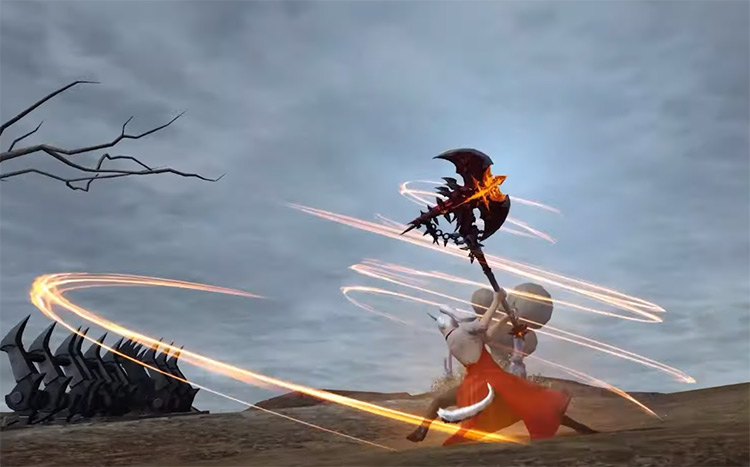
How Do I Avoid A Cleave?
There’s a pretty hard and fast rule in XIV when it comes to tanking.
The tank should basically always have the boss turned away from the party.
If this process is followed, cleaves should never hit other players unless they’re being reckless or not paying attention.
So pay attention to the boss’ position and you’ll dodge most cleaves with ease.
Although it’s instilled in most XIV tanks from a very early age to turn the boss away, fights don’t always go as planned.
The tank might dodge an AOE or move to intercept some incoming enemies.
Watch the tank, watch the boss, and make sure you’re always beating on its rear end to stay out of the way of cleaving attacks.
Cleaving attacks aren’t life and death by themselves most of the time. But they can certainly make fights harder.
If a healer has to break their rhythm to heal the group, they might spend cooldowns and resources that could be better used elsewhere.
What Else Does Cleave Mean?
As we’ve mentioned above, Cleave has been used interchangeably with AOE.
Maybe because saying “Cleave them down” rolls off the tongue a little better than the alternative.
Is it massively important to know the precise difference between the two? Not necessarily, at least in Final Fantasy XIV.
It’s all just stuff you don’t want to get in the way of.
